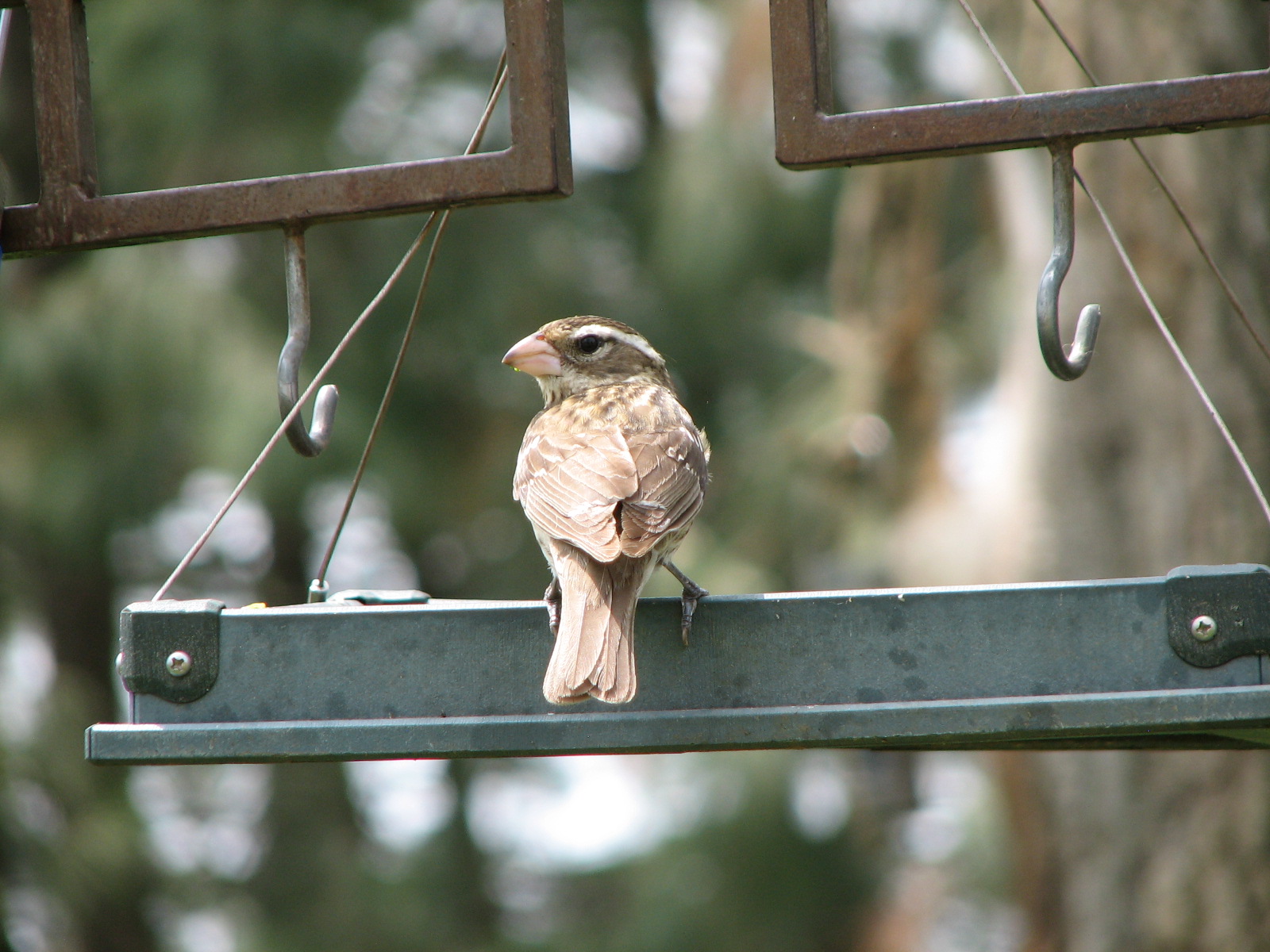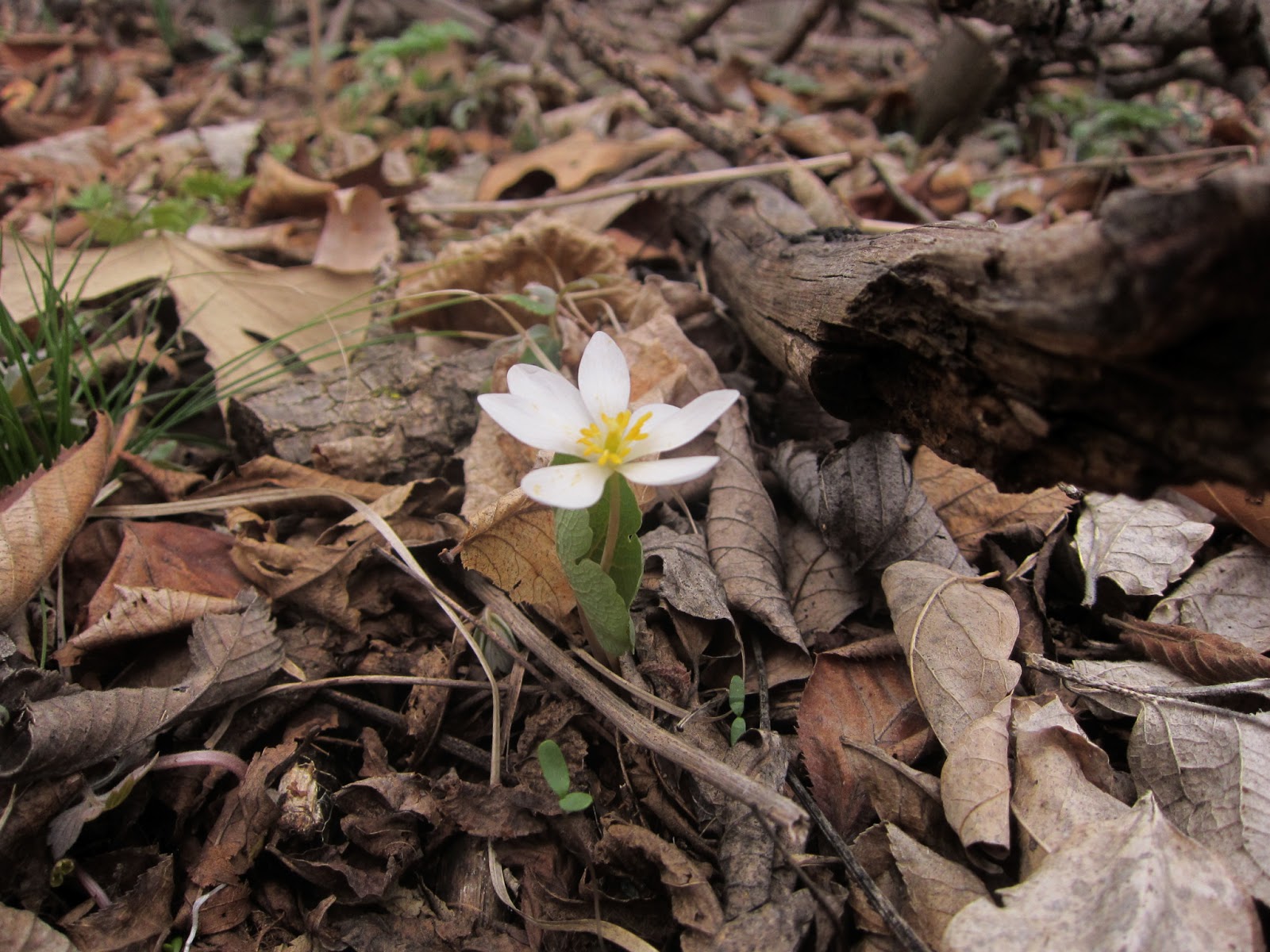The orioles arrived earlier this week at the farm so I made
4 feeding stations for them with orange halves.
One is on an old post that in the past supported a bird
house. The raccoons toyed with the house pulling part of it down and left it
hanging upside down. I too left it
hanging upside down…until finding a perfect use for it as an orange
holder. I also pounded nails into
the post as additional orange hangers.
One is on an existing wrought iron type trellis that holds
hanging feeders. I used a padlock to hold one of the tube feeders to the trellis,
as the raccoons would raid the feeder at night. The padlock did well to hold
the top of the tube feeder on the trellis but the raccoons succeeded in pulling
the tube itself down – leaving only the top securely attached to the trellis
via padlock. So I turned it upside down, secured it with several long zip ties
and skewered the orange halves.
The other orange station is in the middle of a double
shepard’s hook holding feeding platforms. I attached an old large grill fork to
the middle of it – tines up – and skewered fruit. On this one, I put a half
mango on the bottom and an orange half on top – wanting to experiment with
different fruits. From what I have
observed, the male orioles want nothing to do with the mango – but the female
orioles have cleaned the mango out nicely. I think I will next try a pomegranate.
The last station is merely one nail in a tree trunk – at DBH
height – with half an orange.
The feeding stations are quite active and daily the oranges
are totally pecked clean.
Naturally I wanted to observe them at a closer distance – but no longer
have any field blinds as they were all stolen about a year ago. So I decided to
use my Jeep as a blind. My thought
was that a bright yellow Jeep looked probably less threatening than me trying
to sneak up on them.
So I positioned the Jeep near the stations and opened the
windows for clear view. Also decided to sit in the back seat so I would be less
obvious. So climbing in my back seat – having to push over my large plastic
tote holding field gear and bubbles – being careful of my toes (only wearing
toe socks) around the hand saw and clippers on the floor – cramming myself into
a sliver of the back seat I pull the door shut – and realize I am too cramped
to maneuver the camera so I try to open the door…and remember it is the door
that doesn’t open from the inside.
Now I am squished and stuck in the back seat and try to crawl about for
some space. So from my Jeep blind
I had an interesting couple of hours before crawling over the seat to open a
working door.
 |
| many Harris sparrows - so beautiful and large |
in come the Baltimore orioles to the orange trellis – note
the inverted lid of a tube feeder holding the orange and, of course, can’t miss
the zip ties
 |
| head first into the orange |
 |
| Baltimore oriole on the orange post - note the upside down partial bird house |
 |
| female daintily supping the orange at the shepard's hook station - note the mango half below the orange |
then in comes an orchard oriole – sending the Baltimore
flying
but the Baltimore stays gone not so long
And returns to take over the orange
Then the grosbeaks begin their acts at the platform trellis
feeder.
Then the males quickly attend – the first arrival (seemingly
already familiar with this female) gets a place at the platform – the two
interlopers sit atop the post and atop the trellis – but the familiar male
quickly dismisses the intruders
Then another female arrives to gain attention
But the familiar male – who is obviously quite smitten with
this first female – viciously does off with the flirty female
But wait – one of the interlopers is back!
BE DONE WITH YOU – AND NEVER RETURN!!!
He now turns to his beloved assuring his love
It was at this time that I realized while trying to jockey
myself around in a cramped space – I kept hitting the camera settings – and
thus reduced some clarity to blurry – the camera manual states I was in the
“creative zone” for settings!
Thinking that only orioles are utilizing the oranges – I
notice in the rear view mirror (remember I am lodged in the back seat) a
grosbeak on the orange post – note the photo shows I am still in the creative
zone.
However the grosbeak stayed only second and apparently did
not savour the juice of the orange.
But then there was a big commotion and every one flew into
the tree tops. Looking around
outside from my safe haven of the Jeep I notice…
Check out what is in the window…this is what I call the
turkey vulture dance…
 |
| notice his dancing feet! |
He then lofted away. And I emerged from the Jeep to stretch
out my limbs and enjoy the rest of the birding day from a more comfortable
distance.
Always and ever keeping watch over the oranges
And that's the saga of the Jeep Blind...
Gnome-ever-interesting!!!






















































